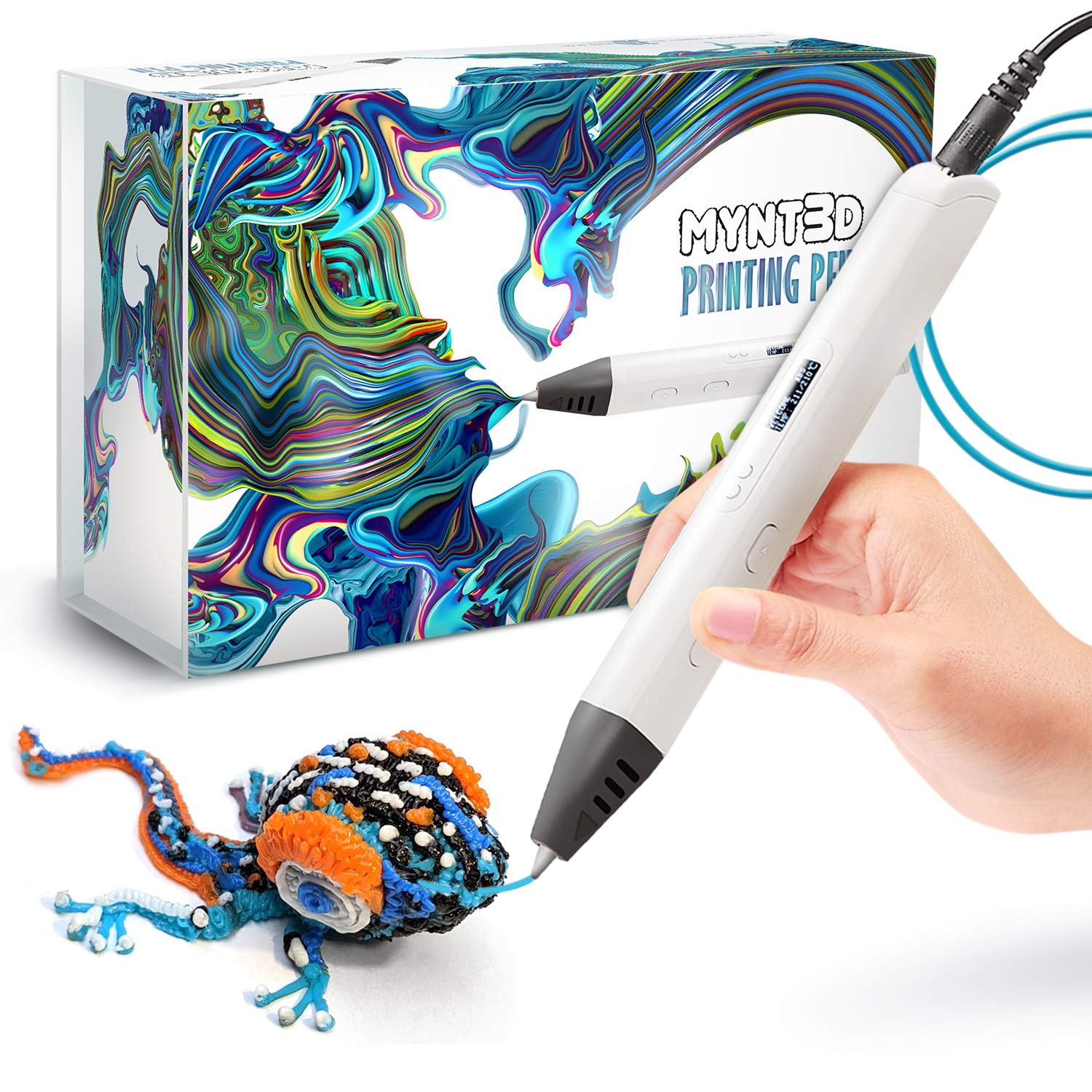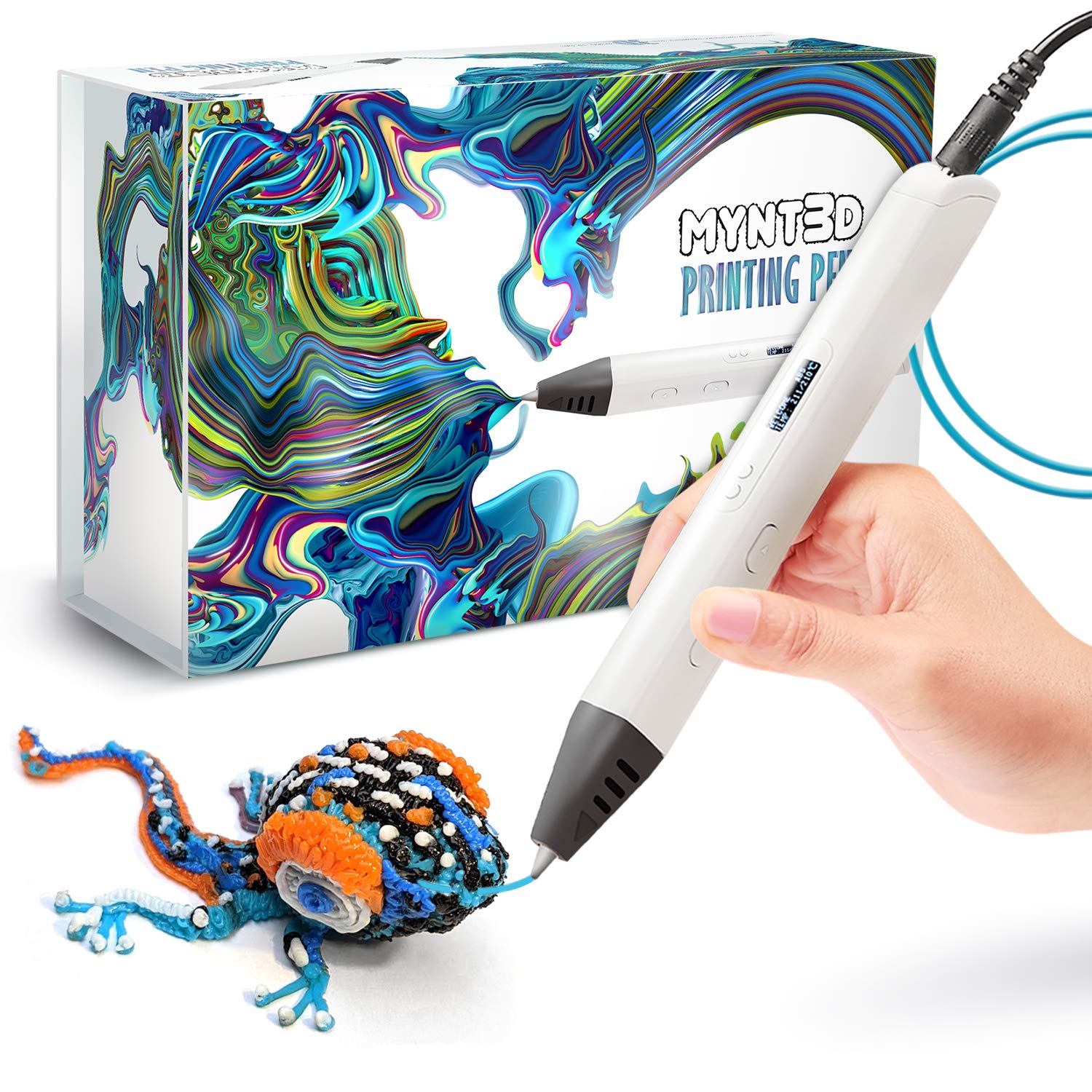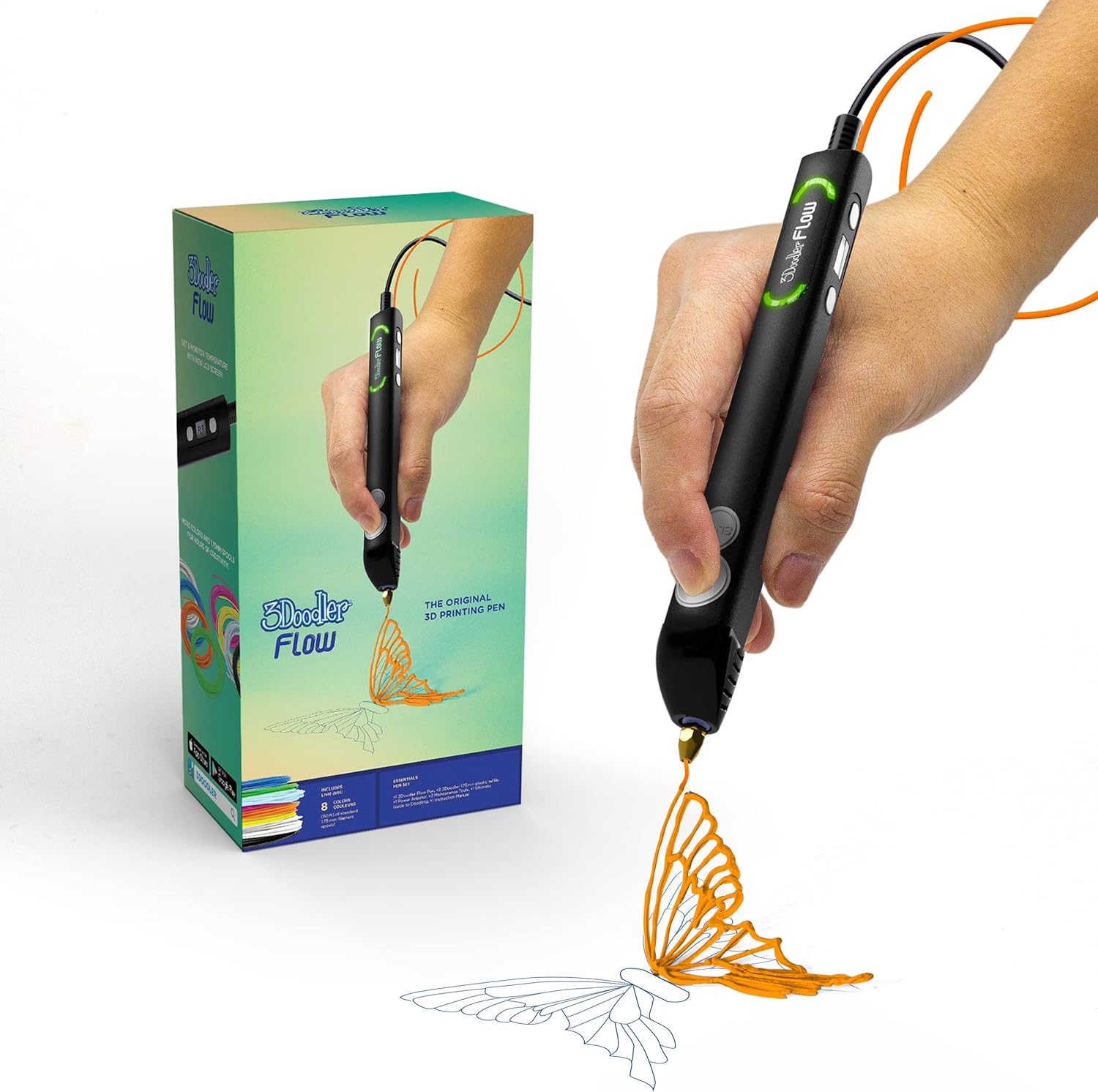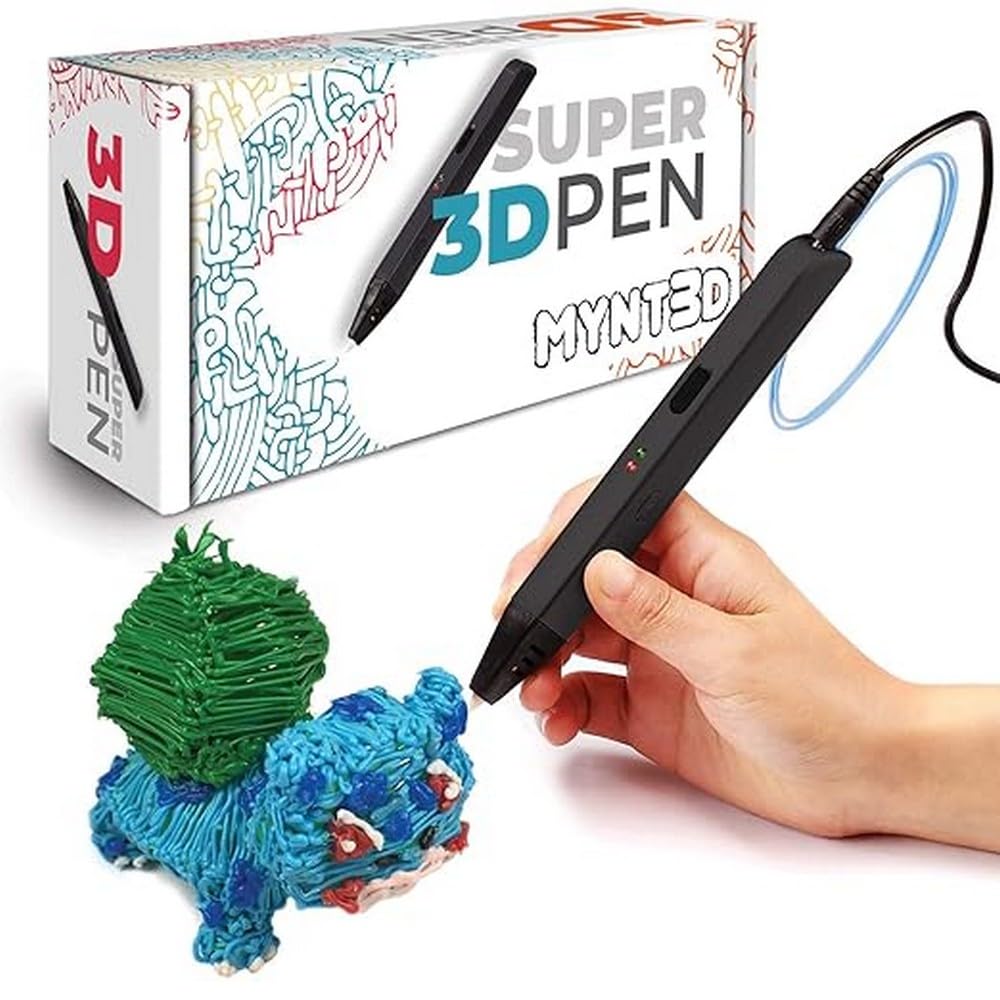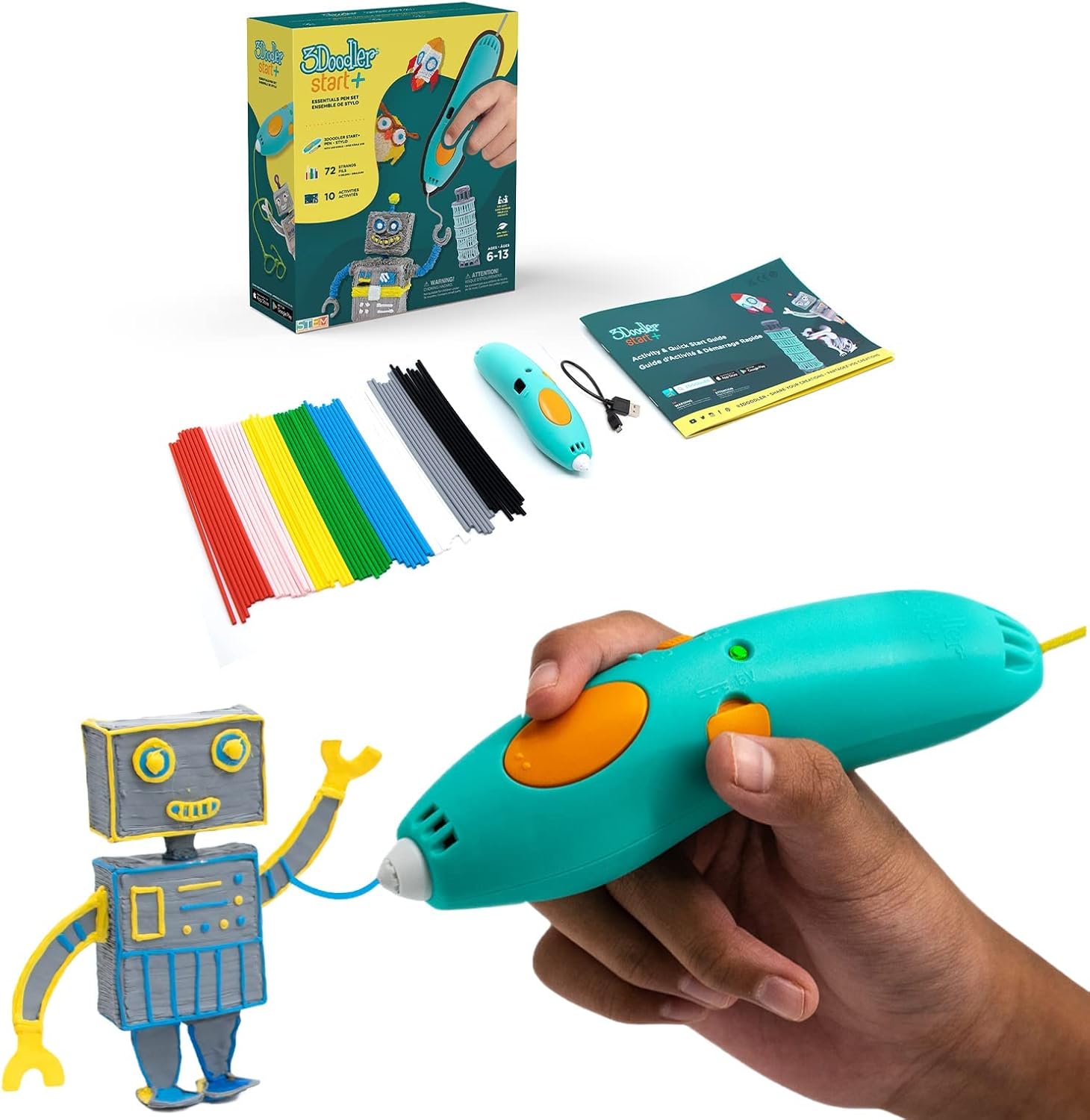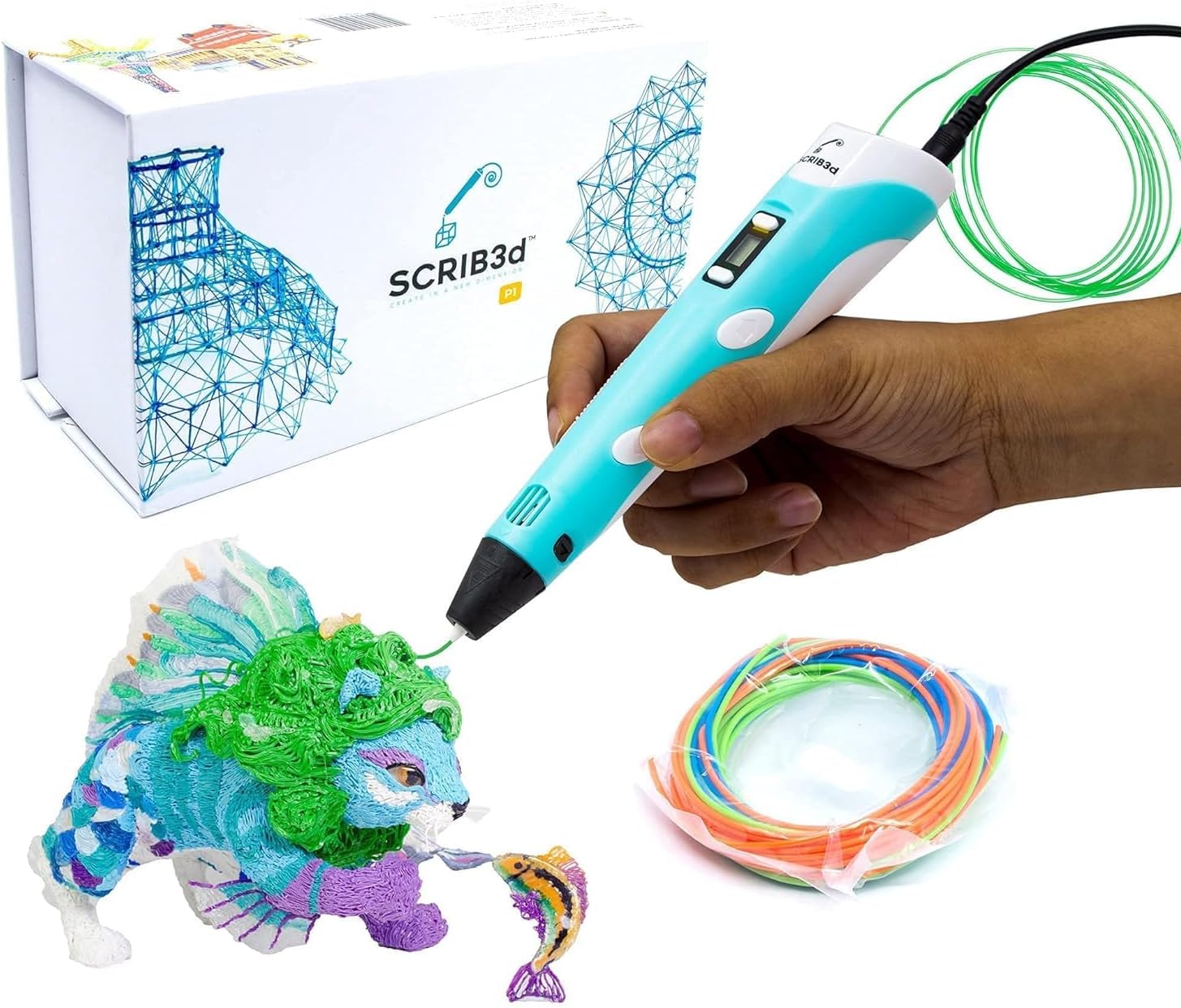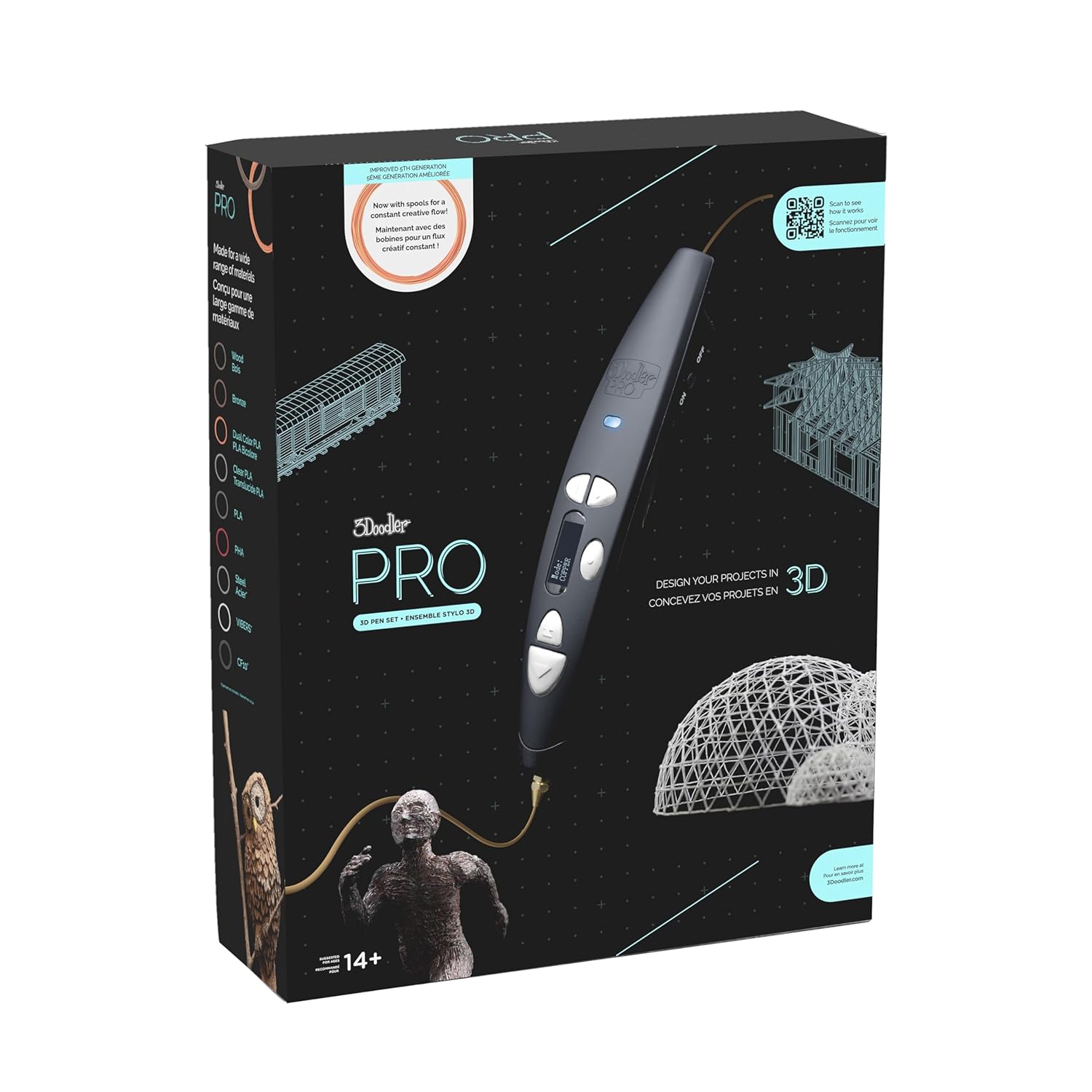FAQ: 3D Printing Pens
1. What is a 3D printing pen, and how does it work?
A 3D printing pen is a handheld device that extrudes heated plastic filaments, allowing you to draw and create three-dimensional objects. The pen heats the filament, which then cools and hardens as it exits the nozzle, forming solid shapes.
What types of materials can I use with a 3D printing pen?
Most 3D pens are compatible with PLA and ABS filaments. Some advanced models also support specialty filaments, such as flexible, wood-infused, or glow-in-the-dark plastics. Check your pen’s specifications to ensure compatibility.
Is a 3D printing pen safe to use?
Yes, most 3D pens are designed with safety in mind. Features like low-temperature tips, auto-sleep modes, and child-friendly designs make them safe for kids and beginners. However, always ensure proper ventilation, especially when using ABS, which can emit fumes.
Who can use a 3D printing pen?
3D printing pens are great for:
- Kids: For creative projects and STEM learning.
- Artists and Hobbyists: For freehand designs and crafting.
- Professionals: For prototyping and detailed models.
- DIY Enthusiasts: For household repairs and practical applications.
How do I clean and maintain a 3D printing pen?
- Remove Residual Filament: Always unload the filament after use to prevent clogs.
- Clean the Nozzle: Use a cleaning tool or a fine needle to remove any leftover plastic.
- Store Properly: Keep the pen in a dry, dust-free environment to avoid damage.
Can I use any filament with my 3D pen?
No. Always check your pen’s compatibility. Some pens only work with specific filament types or brands. Using the wrong filament may cause clogs or damage the pen.
What’s the difference between PLA and ABS filaments?
- PLA: Biodegradable, easy to use, and emits minimal odor. Great for beginners and decorative projects.
- ABS: Stronger and more durable but requires higher temperatures and emits fumes. Ideal for functional repairs and sturdy designs.
How do I choose the right 3D printing pen?
Consider these factors:
- Material Compatibility: Ensure it supports the filament you want to use.
- Adjustable Speed and Temperature: For greater control.
- Comfort and Design: A lightweight, ergonomic pen is better for long use.
- Your Skill Level: Beginners may prefer simpler pens, while professionals might need advanced features.
Are 3D printing pens expensive?
3D printing pens range from budget-friendly models under $50 to professional-grade pens over $100. The cost depends on features like material compatibility, adjustable settings, and build quality.
Can 3D printing pens be used for repairs?
Yes, they’re great for fixing plastic items. You can use a 3D pen to fill cracks, reinforce weak areas, or create missing parts for toys, appliances, and more.
How long does it take to create something with a 3D pen?
The time depends on the complexity of your project. Simple shapes can take a few minutes, while detailed sculptures or large models may take hours.
